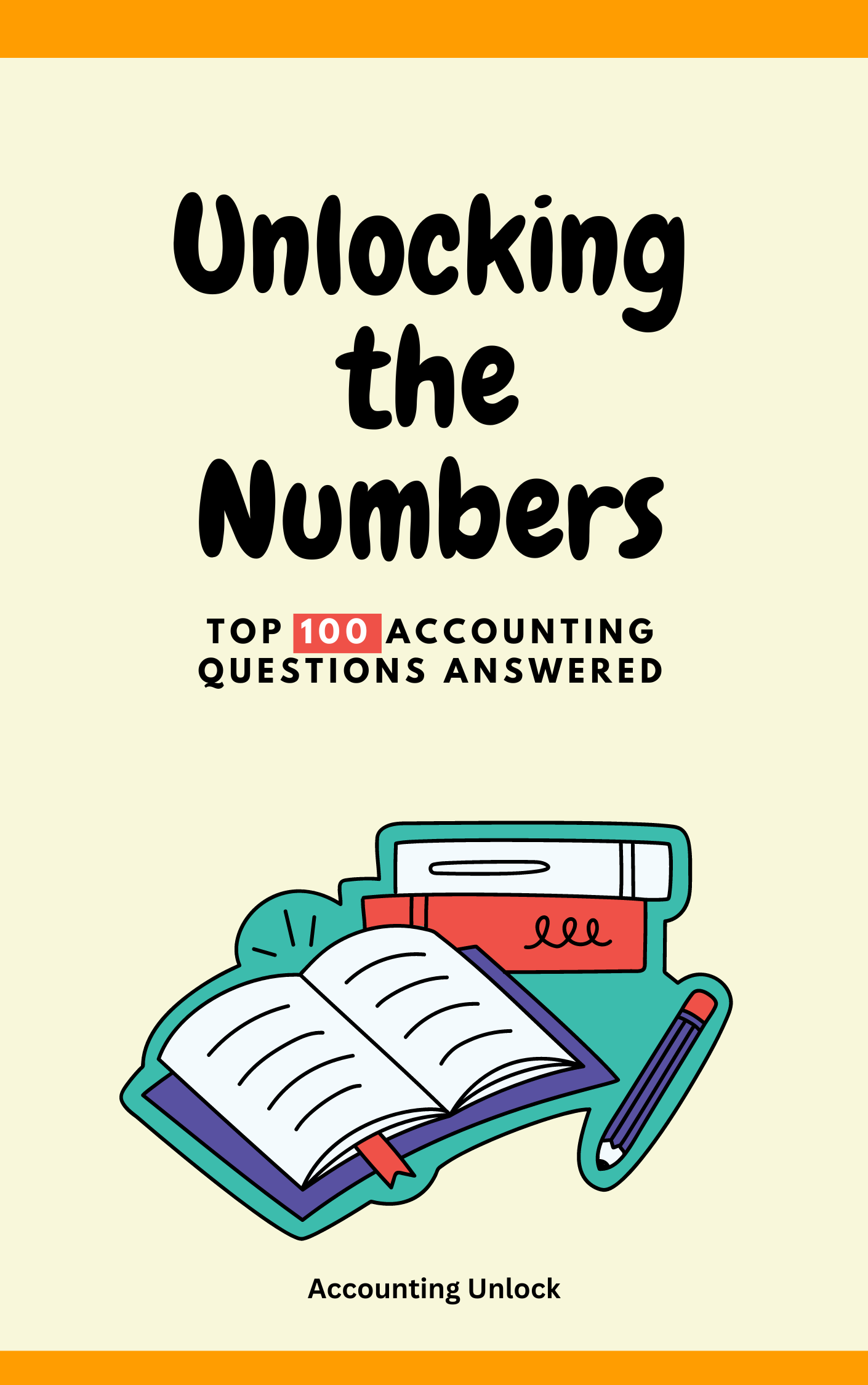What are damages in accounting?
Damages are the amount of money that a person or a business has to pay when they cause harm or loss to someone else. For example, if you break your friend’s laptop, you may have to pay for the repair or replacement of the laptop. This is called damages.
Damages are different from expenses, which are the costs of running a business or doing an activity. For example, if you buy a laptop for your own use, this is an expense, not a damage.
Damages are also different from losses, which are the decreases in the value of assets or the increases in the value of liabilities. For example, if your laptop gets stolen, this is a loss, not a damage.
Why are damages important in accounting?
Damages are important in accounting because they affect the income and the assets of a business. If a business causes damages to another party, it has to pay for them, which reduces its income and its cash. If a business suffers damages from another party, it can claim them, which increases its income and its cash.
Damages are also important in accounting because they have to be recorded in the financial statements of a business. The financial statements are the documents that show the financial performance and position of a business. They include the income statement, the balance sheet, the cash flow statement, and the notes.
How are damages recorded in accounting?
Damages are recorded in accounting using the accrual basis of accounting. This means that damages are recognized when they occur, not when they are paid or received. For example, if a business causes damages to another party in January, but pays for them in February, the damages are recorded in January, not in February.
Damages are recorded in accounting as follows:
- If a business causes damages to another party, it records a liability (an obligation to pay) and an expense (a reduction in income) in the income statement. For example, if a business causes $1,000 of damages to another party, it records a debit of $1,000 to damages expense and a credit of $1,000 to damages payable in the income statement.
- If a business suffers damages from another party, it records an asset (a right to receive) and a revenue (an increase in income) in the income statement. For example, if a business suffers $1,000 of damages from another party, it records a debit of $1,000 to damages receivable and a credit of $1,000 to damages revenue in the income statement.
What are some examples of damages in accounting?
Some examples of damages in accounting are:
- A business damages the property of a customer and has to pay for the repair.
- A business breaches a contract with a supplier and has to pay a penalty.
- A competitor sues the business for unfair trade practices, and the business has to pay a settlement.
- A natural disaster damages the business, and it receives an insurance payout.
- The manufacturer refunds the business for a faulty product that caused damage.
Key Points:
- Damages are the amount of money that a person or a business has to pay when they cause harm or loss to someone else.
- Damages are important in accounting because they affect the income and assets of a business and have to be recorded in the financial statements.
- Damages are recorded in accounting using the accrual basis of accounting, which means that they are recognized when they occur, not when they are paid or received.
- Damages are recorded in accounting as liabilities and expenses if a business causes them and as assets and revenues if a business suffers from them.
- Damages can result from various situations, such as property damage, contract breach, lawsuit, natural disaster, or faulty product.





